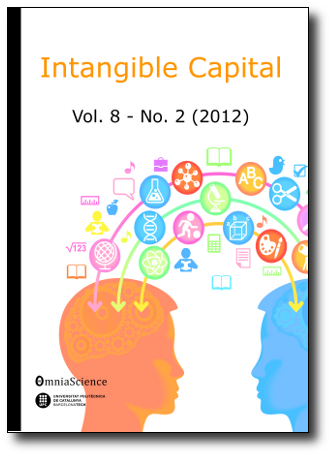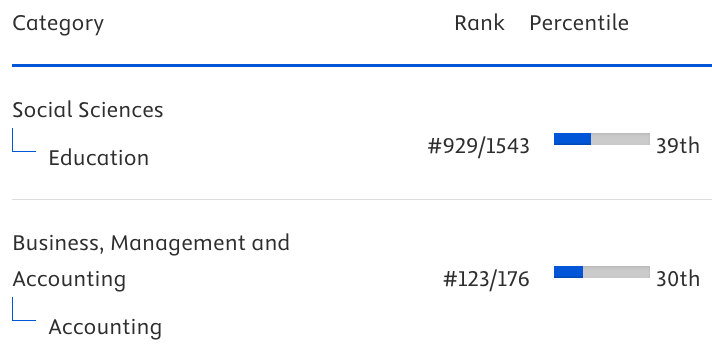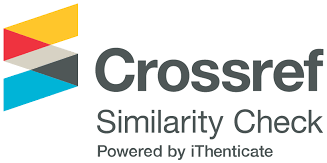Online grocery shopping in Catalonia: How non-targeted surveys can miss the mark
Abstract
Purpose: The goal of the present methodological note is to show that surveys which are not targeted at primary grocery shoppers risk substantially underestimating the uptake of e-grocery services. Research based on such data is also liable to mismeasure the impact of explanatory variables.
Design/methodology/approach: I repurpose the data of a recent survey among Catalonian consumers. Importantly, the survey did not require respondents to be the primary grocery shopper of their household. I first calculate the penetration rate of e-grocery services for the sample as is (something, to be clear, the original article does not do). Based on a novel proxy, I then filter out the non-primary shoppers and recalculate the penetration rate. I also compute, and recompute, correlations between key constructs.
Findings: After the proposed correction, the penetration rate of e-grocery services is 7.3‑10.3 percentage points higher. As for the factors influencing adoption, I find that correlation coefficients can be up to six times higher.
Research limitations/implications: Albeit an improvement over extant research, the primary grocery shopper proxy remains a proxy. Also, the approach still requires some of the same assumptions found in earlier articles, namely that all households have a primary shopper, and that many non‑primary shoppers will respond to the survey as individuals – rather than as a member of their household.
Practical implications: The takeaway for researchers is that one should explicitly take into account the household nature of grocery shopping. Concretely, consumer surveys should either target individuals responsible for a substantial part of the household’s grocery purchases or explicitly ask respondents to answer on behalf of their household.
Originality/value: Compared to extant research, the method used in this note requires less bold assumptions and produces more precise estimates of the bias involved. It may also provide a way to recalculate, and thus salvage, estimates proffered by earlier studies.
Keywords
Full Text:
PDFDOI: https://doi.org/10.3926/ic.3154
This work is licensed under a Creative Commons Attribution 4.0 International License
Intangible Capital, 2004-2026
Online ISSN: 1697-9818; Print ISSN: 2014-3214; DL: B-33375-2004
Publisher: OmniaScience





